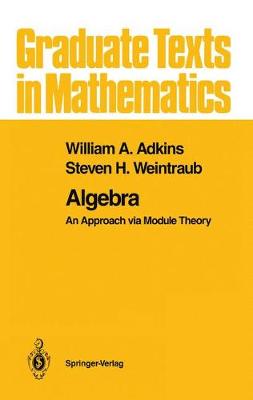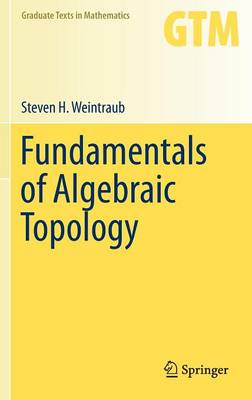Graduate Texts in Mathematics
2 primary works
Book 136
Book 270
This rapid and concise presentation of the essential ideas and results of algebraic topology follows the axiomatic foundations pioneered by Eilenberg and Steenrod. The approach of the book is pragmatic: while most proofs are given, those that are particularly long or technical are omitted, and results are stated in a form that emphasizes practical use over maximal generality. Moreover, to better reveal the logical structure of the subject, the separate roles of algebra and topology are illuminated.
Assuming a background in point-set topology, Fundamentals of Algebraic Topology covers the canon of a first-year graduate course in algebraic topology: the fundamental group and covering spaces, homology and cohomology, CW complexes and manifolds, and a short introduction to homotopy theory. Readers wishing to deepen their knowledge of algebraic topology beyond the fundamentals are guided by a short but carefully annotated bibliography.

